During the rainy seasons or whenever the roads are drenched and slippery, a traction control system comes to the driver’s rescue.
It not only prevents fatal accidents but ensures a safe and smooth ride.
Let’s have a look at a brief introduction of a Traction Control System and it’s working.
Traction Control System helps to reduce the slip of the tires when in acceleration on slippery surfaces.
These days, many automobiles use high-tech systems to Control the slipping and enabling the driver to accelerate simultaneously.
Powerful rear-drive cars from the sixties usually had a primitive form of traction control Which was called a limited-slip rear differential, Sometimes referred to as Positraction.
Positraction is a limited-slip rear axle that would mechanically transfer power to the rear wheel with the most traction, helping to lessen, but not eliminate wheel spin.
Whereas limited-slip rear axles are; still in use in many front-drive and rear-drive vehicles today, the device can’t eliminate wheel slip.
Therefore, a more sophisticated system was needed.
Also Read:
ANTI-LOCK BRAKING SYSTEM (ABS): COMPONENTS, TYPES AND WORKING PRINCIPLE
1.) Back in 1971, Buick introduced MaxTrac, which used an early computer system to Detect rear wheel spin and modulate engine power to those Wheels to provide the most traction.
A Buick exclusive item at the time, It was an option on all full-size models, including the Riviera, Estate Wagon, Electra 225, Centurion, and LeSabre.
2.) Cadillac introduced the Traction Monitoring System (TMS) in 1979 on the redesigned Eldorado.
At times, the people living in snowy regions believe that the traction control system Would not let their vehicles get stuck in the snow.
But this is not true at all. It just attempts to prevent a vehicle’s wheels from spinning.
For drivers who routinely drive in snowy and icy conditions, traction control, Anti-lock brakes and snow tires are must-have safety features.
Elements of a Traction Control System
1.) Each wheel has a sensor which senses changes in;
Its speed when the traction is reduced. This speed from the individual wheels is passed on to an Electronic Control Unit (ECU).
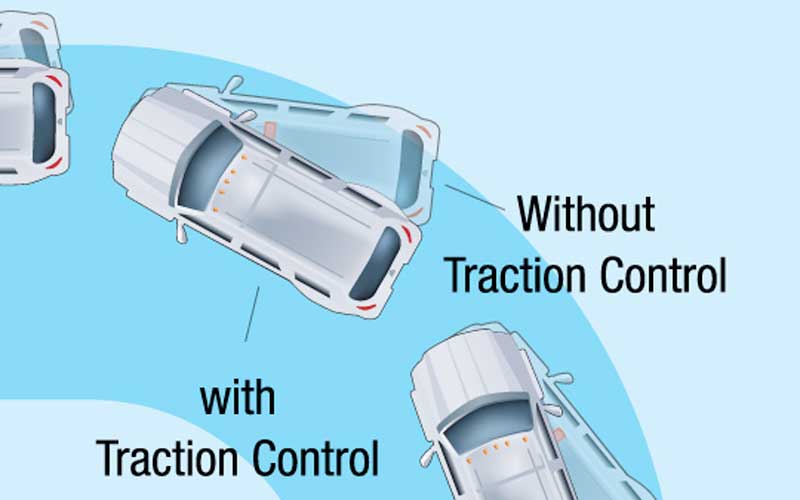
2.) The ECU processes the information from the wheels and; Initiates braking to the affected wheels via a cable connected to an Automatic Traction Control (ATC) valve.
In all vehicles, traction control is automatically ignited; If the sensors detect loss of traction at any of the wheels.
Read More:
TOYOTA LAND CRUISER |ENGINE MECHANICAL | INSPECTION
PISTON DAMAGE FROM OVERHEATING
HOW TO CHOOSE THE RIGHT GASKETS
A QUICK GUIDE TO DIAGNOSING 10 COMMON STEERING ISSUES
- SPARK PLUGS AND GLOW PLUGS: WHAT’S THE DIFFERENCE?
- WHAT’S THE DIFFERENCE BETWEEN BRAKE SHOES AND BRAKE PADS?


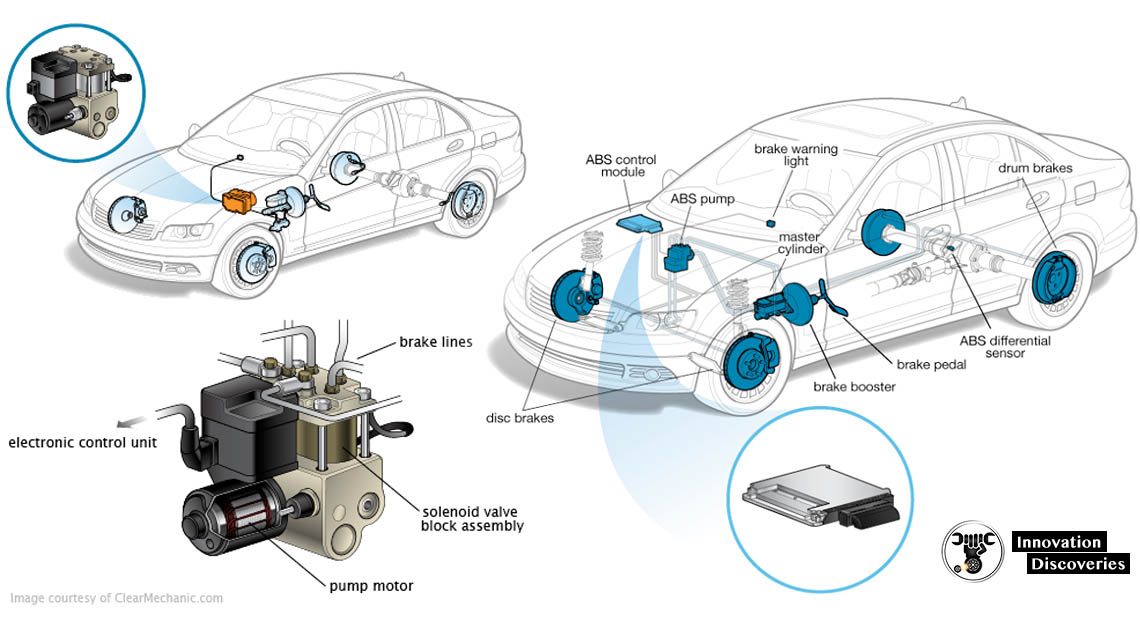
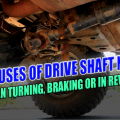
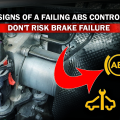
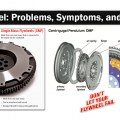
3 Comments